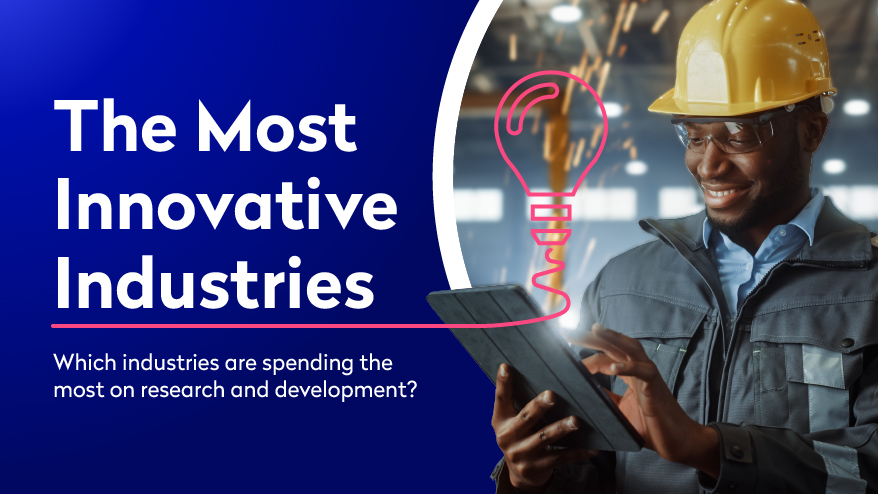In this modern world we live in, it’s hard to imagine a life without electricity, and this is why the world needs electrical engineers.
Electrical engineering is a promising career for young professionals, especially in this day and age where there are literally thousands of job opportunities for electrical engineers out there. As an electrical engineer, you can work in any field that utilises electricity, from multinational firms to government organisations. Moreover, electrical engineers are some of the highest-paid professions nowadays, earning an average salary of £34,984 per year.
Industry 4.0 Pushing Electrical Engineering
Industry 4.0, also known as the Fourth Industrial Revolution, refers to the digital transformation of manufacturing or production-related industries. It uses modern control systems, embedded software systems, and the Internet to enable new methods of value creation, production, and real-time optimisation.
While some Industry 4.0 technologies will replace some jobs, they can also create many more jobs. These jobs will come from various fields, but one of the most significant areas is electrical engineering. Companies would still need to hire creative, skilled, and innovative engineers that can create, implement, support, and manage solutions, platforms, systems, and technologies that are now possible in the age of Industry 4.0.
Electrical Engineering Growth
Electrical engineering is an industry that companies around the world can benefit from. Thus, job prospects for those who graduated in the field of electrical engineering are fantastic. In fact, the UK does not have the growth rate needed to meet the increasing demand for quality electrical engineering recruitment around the country. And as expected, when the demand outnumbers the supply, the salary pay increases!
Given the rapid growth rate in the technology industry, the demand for young and creative electrical engineers is always on the rise. Young and innovative engineers are constantly needed to give birth to new ideas and become at the forefront of these sectors.
Salary Increases
The starting salary for electrical engineers is well above the national average for starting salaries. In fact, starting salaries in the electrical sector are higher compared with those in the Law, Business Management, and Computer Sciences sectors.
The salary pay scale of electrical engineers is quite broad since engineers have varying roles and responsibilities, and some companies are willing to pay more than others. If you are an electrical engineer holding a master’s degree, you can expect to receive an average salary of £39,715. On the other hand, electrical test engineers have an average pay of £26,963. Electrical test engineers are responsible for planning, devising, and carrying out quality and safety tests on various electrical equipment. As for the junior electrical engineers, their average annual salary is £27,000. But for those with a high level of experience, the pay can go as much as £38,000.
Given the average annual salary that an electrical engineer can receive, those working in this field can enjoy a better standard of living in the coming years. This also means that the money you spent taking up an electrical engineering course can be repaid faster compared to several other industries.
